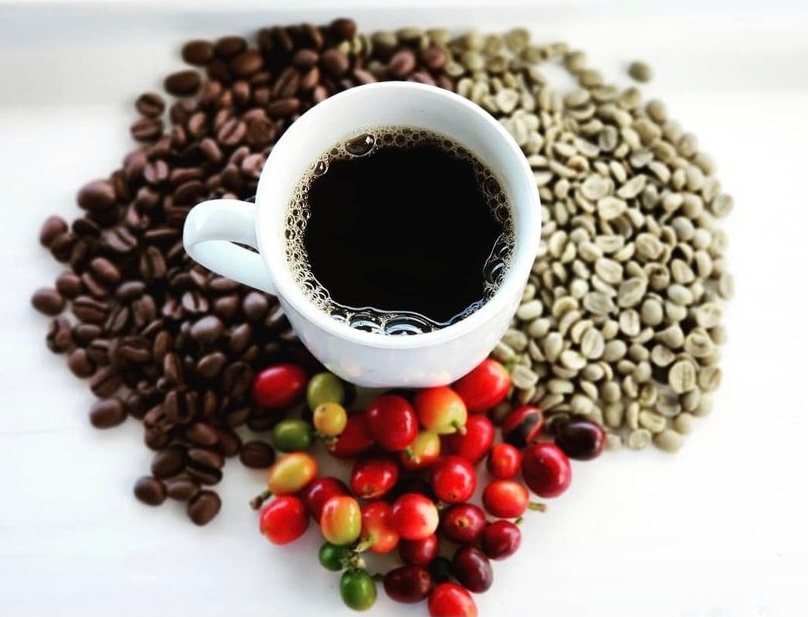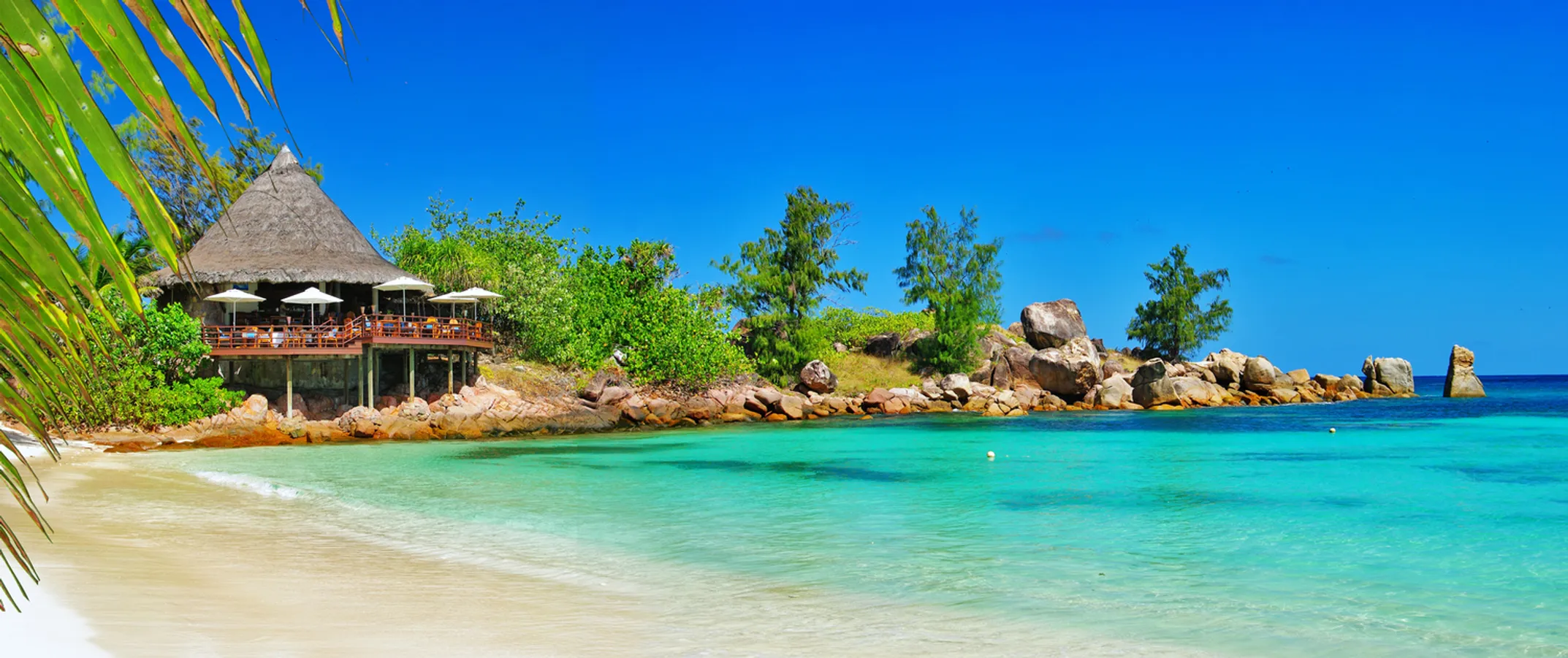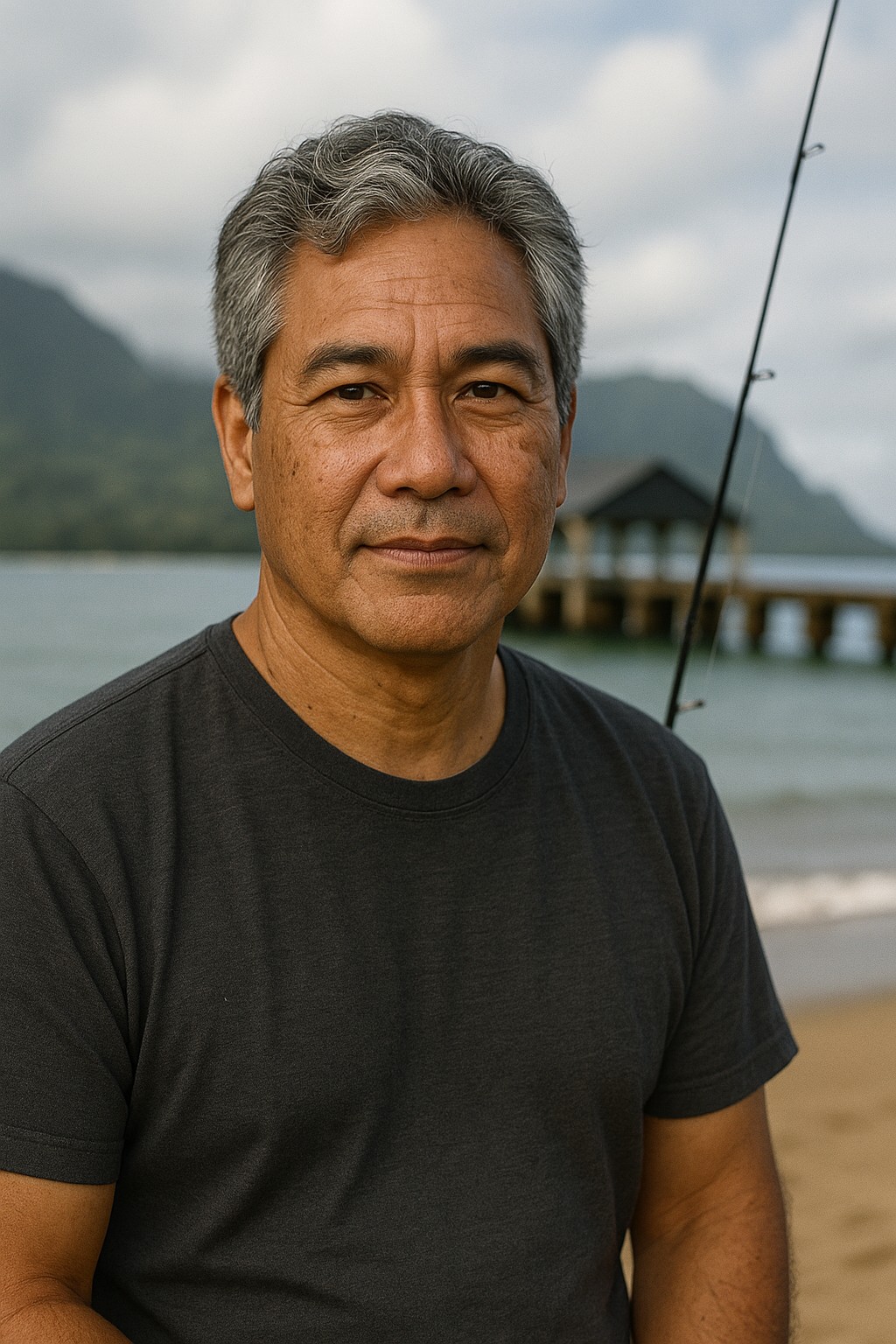
“Brew Your Best Cup”- Coffee Brewing Workshop
Heavenly Hawaiian Coffee Farm • Farm • Holualoa, Island of Hawaii • Hawaii

Where time moves to ancient rhythms and traditions live in everyday moments

Written by a Local Expert
Kalani MillerMolokai doesn't want to be your typical vacation destination. The island's 7,400 residents have actively resisted resort development and mass tourism. Instead, they've preserved a way of life that honors traditional Hawaiian values. Visiting Molokai successfully requires understanding that you're entering a community, not a theme park.
My most meaningful Molokai experience happened during the annual Ka Hula Piko festival. Local halau (hula schools) gathered to celebrate the birth of hula on this island. Watching authentic performances in the place where this art form originated, surrounded by families who have passed down these traditions for generations, reminded me why cultural preservation matters so much.
The island's north shore contains the world's tallest sea cliffs, rising more than 3,900 feet directly from the ocean. These cliffs remain largely inaccessible except by helicopter or boat, preserving their wild beauty.
Kalaupapa National Historical Park occupies a peninsula below these towering cliffs. From 1866 to 1969, the Hawaiian government isolated people with Hansen's disease (leprosy) in this remote location. Father Damien de Veuster and Mother Marianne Cope dedicated their lives to caring for patients here. The park preserves this complex history with dignity and respect.
Visiting Kalaupapa requires advance reservations and either a mule ride, hiking permit, or small plane flight. The experience is educational and moving, not entertaining. Former patients still live on the peninsula and sometimes share their stories with visitors. The park service manages access carefully to protect both the historical sites and the privacy of residents.
The town of Kaunakakai serves as the island's commercial center, though "center" overstates its size. A few blocks of wooden buildings house essential businesses - grocery store, pharmacy, hardware store, restaurants. Saturday morning at the farmers market provides the best opportunity to meet local families and taste island-grown produce.
Cultural protocols on Molokai run deeper than other islands. Visitors succeed by moving slowly, speaking softly, and showing genuine interest in local perspectives. "Talk story" sessions happen naturally at coffee shops, markets, and beach parks. Locals share recommendations generously with respectful visitors but remain wary of anyone seeking to exploit their island's beauty.
The south shore fishponds represent one of Hawaii's most impressive engineering achievements. Ancient Hawaiians built stone walls in shallow reef areas to create enclosed areas for raising fish. Dozens of these structures once lined Molokai's coastline. Several have been restored through community efforts that combine archaeological knowledge with traditional fishing practices.
Halawa Valley holds special significance as one of Hawaii's earliest settlement areas. Archaeological evidence suggests continuous occupation for over 1,300 years. The valley contains ancient temple sites, agricultural terraces, and cultural practices that continue today. Guided tours led by valley residents provide respectful access to this sacred place.
National Historical Park preserving the complex history of Hansen's disease settlement.
Annual festival celebrating the birth of hula on this island with authentic performances.
Ancient Hawaiian engineering creating enclosed fish-raising areas in shallow reefs.
Sacred valley with 1,300 years of continuous occupation and ancient temple sites.
The island's eastern end feels like stepping back in time. Small beaches hide between lava rock points. Rural homesteads raise families using traditional methods mixed with modern necessities. The pace of life follows natural rhythms rather than clock schedules. Cell phone service becomes spotty. Radio stations play more Hawaiian music than anywhere else.
Adventure opportunities exist for those who respect the island's character. Hiking trails lead to waterfalls and scenic overlooks. Kayaking along the south shore reveals healthy coral reefs and good fishing spots. The island's single hotel and handful of vacation rentals provide accommodation without resort amenities.
Molokai challenges visitors to examine their expectations about Hawaiian vacations. The island offers no luaus for tourists, no major shopping areas, no nightlife scene. Instead, it provides authentic culture, pristine natural beauty, and the chance to experience Hawaii as local families live it every day.
Molokai challenges visitors to examine their expectations about Hawaiian vacations. The island offers authentic culture, pristine natural beauty, and the chance to experience Hawaii as local families live it every day.
All islands
O'ahu: The PulseUrban energy & ancient mana
Maui: The ShapeshifterValley Isle contrasts
Kauai: The MatriarchGarden Isle drama
Hawaii Island: The CreatorBig Island scale
Lanai: The EnigmaPineapple Isle mystery
You are here
Planning guide
Respect island pace
Genuine conversations
Shop at family businesses
Community over tourism
Limited accommodation
Appreciate the pace
Island time operates
Kalaupapa tours

Heavenly Hawaiian Coffee Farm • Farm • Holualoa, Island of Hawaii • Hawaii

